There are so many more contaminants in the world than there used to be in the lives of our forefathers.
Widespread contaminants from industrial processes, such as factory farming, have added a ton of toxins into our environment, even into rural areas that seem pristine.

Animal waste from these factories leech contaminants into the ground. This builds up major toxins, especially nitrate, according to a study done by UC Davis.
Another contaminant from factory farms commonly overlooked is antibiotics. The animals are fed antibiotics in order to grow the animal quickly, not just keep them from being ill.
Antibiotics are excreted and seep into the groundwater, completely altering the microorganism world.
The human boom on the planet that have introduced even more toxins into the water. Lots of bacteria runoff from city streets into rivers and creeks. Even if you live far away from the city, the runoff toxins may still be detected.
Because of this, water filtration and purification must be taken to new heights.
When building your off grid water system, figuring out how to filter and purify your water can be tricky due to the volume of water needed.
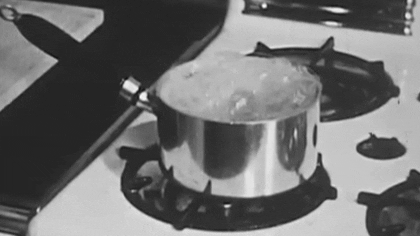
Boiling a pot of water on the stove top simply won’t cut it for all of your living needs like bathing, drinking and cooking.
Fortunately, there are plenty of options available to get your water filtered and disinfected no matter what the source.
My guide to off grid water filtration will help get you there.
Let’s go!
Recommended Reading: Off Grid Water System Solutions for Your Homestead
Part One: The Basics Of Water Filtration And Purification
Before we go into filtration methods, its important to know the differences between filtration, purification, and distillation.
Filtration
Filtering the water removes debris and impurities that can typically be seen with the naked eye. Some examples of this are leaves, sand and living organisms.
Filtering the water is the first step of potability and should remove all the visible traces of murkiness and cloudiness of the water. Filtration does not remove chemicals and viruses, which takes us to our next process.
Purification
Purification cleanses the water to the point of removing all impurities that cannot be seen with the naked eye.
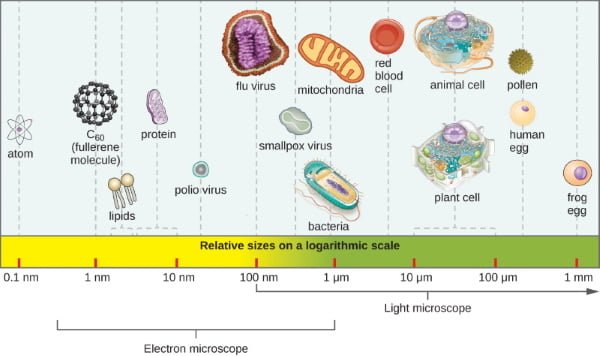
Some examples of these impurities are viruses, chemicals, E. Coli, and other biological contaminants. In order to be considered purified, the water must have less than 10 parts per million (PPM).
Distillation
Distillation is the process of capturing the steam off boiling water and condensing it back into a liquid. The residual contaminants stay in the original pot. Distilled water is considered purified as it contains a tiny number of particles at 1 PPM.
There is no difference between purification and distillation; the only difference is the process to reach purity.
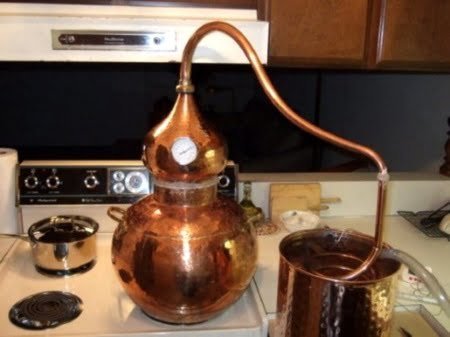
When making a water filtration system, the term is a little misleading. The reason being that water needs to be both filtered and purified to be considered drinkable. Keep that in mind when designing your system.
When it’s OK to use Filtered (Not Purified) Water
The additional process of purifying water can be a cumbersome task for use in large amounts. Not everything we do requires purified water, so knowing what can and cannot use filtered only water will help preserve your water purification system.
According to the NH Department of Environmental Services, you can use unpurified water for:
- Watering your garden, as long as you wash your fruits and veggies before consumption
- Doing laundry
- Taking showers, as long as no water is swallowed, or open wounds are exposed
- Washing dishes, as long as there is a final decontamination process, like a bleach dip
- Washing hands as long as a sanitary soap or disinfectant is used
- For watering pets, as they are not usually affected by the same diseases as humans (use precaution)
Part Two: Methods For Off Grid Water Filtration
1. Make an Activated Carbon Filter
An activated carbon filter consists of three layers that water runs through to remove debris and contaminants:
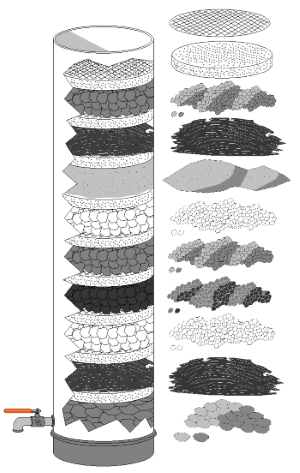
- The first most coarse layer is pebble gravel.
- The second layer is sand.
- And the third layer is activated carbon.
The gravel is placed on top where the water is first treated, removing the bulkiest of material, the sand removes even more particulates, and the final activated carbon layer removes certain metals and chemicals.
Carbon filters act as a great prep for the purification process as it removes bad taste, odor, cloudiness, and many contaminants.
Please take heed that a homemade activated carbon system will not remove bacteria and viruses from the water, as shown in this study by the University of Cornell.
This seems to be a common misconception on the internet.
It’s not to say that all activated carbon applications will not remove pathogens; a review published by Science of the Total Environment states that “Carbon nanotube (CNT) adsorption technology has the potential to support point of use (POU) based treatment approach for removal of bacterial pathogens, natural organic matter (NOM), and cyanobacterial toxins from water systems.”
In conclusion, a prefabricated activated carbon filter meant specifically to eliminate pathogens can work to remove some bacterias in water, but will not be able to remove teeny tiny viruses.
Contaminants that a basic activated carbon will filter:
- Chlorine and chlorinated byproducts
- Lead
- Organic chemicals
- Radon
- Petroleum products
Contaminants that a basic activated carbon will not filter:
- Bacteria
- Viruses
- Dissolved metals
- Hydrogen sulfide
- Fluoride
- Nitrate
A homemade activated carbon filter is a good method to filter your water and prepare it for purification.
One idea for making a large activated carbon filter is to run your water through a barrel system.
Rainwater collecting barrels are ideal and can be connected together. In the first barrel, fill with pea gravel. The second connected barrel gets filled halfway with sand and then activated carbon. A third barrel is for catching the filtered water.

This method can be made on the fly in a survival situation as well. As long as you have a plastic container you don’t mind pilfering a hole into, you can layer gravel, sand, and then charcoal into the container.
You can purchase or make your own activated carbon!
Your charcoal can be made by burning hardwoods. Don’t just grab any old chunk of charcoal out of the bonfire; use a metal container that can be sealed and place small chunks of hardwoods inside. The goal is to burn the hardwood without the use of oxygen.
Make a fire around the contained hardwoods and stoke the fire for three to five hours.

Once complete, the hardwood should be a deep black. This can be crumbled into smaller chunks to place in your makeshift water filtration container. Do mind that you still need to purify your water for any potential viruses.
Note: Only use cold water through an activated carbon filter.
2. Dig a hole in the ground
This method is technically considered a crude form of a well. If you have access to a water source, such as a stream, river, lake, or creek, digging a hole near the water source will allow for the ground to filter out a large amount of debris and particulates.
Start by digging a few feet from the water source. Dig straight down until you hit water. The deeper you dig, the cleaner the water will be.
You could also use a wellpoint in your dug hole. Dig a good deep hole, place your wellpoint in the middle, then fill it with gravel and sand. The sand and gravel should help filter the water even further.

This method can work well in a survival situation as well. Although the digging process would be difficult, once the well is dug, you will have access to decently filtered water.
Keep in mind that the water will still need to be purified.
3. use a ceramic container
Will a typical ceramic gardening pot filter water? It sure will, as long as you completely plug the hole on the bottom!
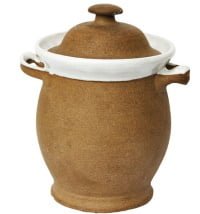
A ceramic water filter works by utilizing its tiny pores to filter out contaminants in the water. The water will slowly work its way through the pores and drip into a catching container. This makes for an inexpensive way to filter water.
Although a basic ceramic filter will remove bacteria, it cannot remove viruses and chemicals as these particulates are too tiny even for the tiny pores of the ceramic to catch.
You could filter large amounts of water through a scheme of huge ceramic pots, although I don’t think this method would be nearly as functional as a large activated carbon filtration system or a well.
But, if you are in a pinch and have very murky water, you could set up a ceramic system to get that water cleaned up.
Prefabricated ceramic containers are specially designed to remove chemicals and viruses that normal ceramic will not. Silver is added to eradicate viruses and activated carbon is added to remove chemical contaminants.
Part Three: Methods for Off Grid Water Purification
Once your water is running clear and is free from odors and discolorations, its ready to run through a water purification system.
You can install a whole house purifier if you want purified water at every faucet, or you can use a purifying container system that you have to fill manually.
Every water system is unique so choose what best fits into your life and accomplishes your water goals.
1. Purchase a Whole House Water Filter and Purifier
Technology has come a long way and whole house water filters have become accessible and affordable for most situations.
If you are in an off-grid situation, installing a whole house system is an ideal solution. Just make sure to stockpile filters and have a backup water system in case SHTF.
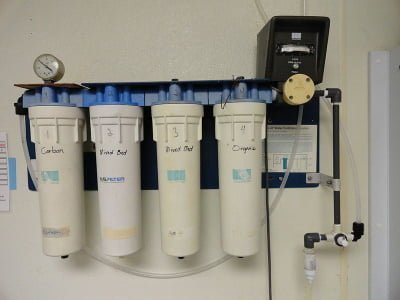
You are already off grid so you are likely pretty handy at this point, so installation will be a cinch. Install your whole-house water filtration system by your water shutoff valve in a place that also has easy access for changing filter cartridges.
Premeasure everything before cutting into your preexisting piping according to manufacture specs. Don’t forget to include any valves and connecting fittings into your measurements and turn off your water!
If you are interested in products, check out my guide to whole house water filtration systems.
Special Note on whole house water filtration systems
Make sure that your whole house system has a component to also purify water.
Typically, a UV light purification system is used for purification in conjunction with a whole house water filtration system.
If your water has a lot of sediment, you may want to look into a pre-filter as well to not clog up the expensive filtration elements.
2. UV light Water Disinfection System
Yes, UV light does disinfect water! How cool is that! An ultraviolet water purifier uses a particular light wavelength to kill viruses, bacteria, and pathogens by destructing the bonds of its DNA. This includes salmonella, E. Coli, and listeria. The light also eradicates mold.
The UV system is manufactured to easily install in your plumbing system. It is not large and cumbersome, rather most UV systems will fit under your household sink.

UV treatments have no residual effects. What do I mean by this? Once the water has passed through the system, the treatment is complete. If the UV system fails to kill all the pathogens, there are no other means of those pathogens to be eradicated.
You could use a secondary form of pathogen eradication, like running bleach or chlorine through your system. These chemicals have a residual effect of killing pathogens.
UV bulbs need to be replaced yearly to be effective. Hence, there is really no way of telling when your water is being fully treated or not. If your bulb becomes less effective before that year is up, you are putting yourself at risk.
Consistent testing of your water is recommended. Purchase a water testing device to ensure that your UV light system is working as it should. These are pretty cheap and worth the peace of mind.
The plumbing around the UV system should be copper, as plastic will degrade from the light shining on it.
UV systems also require electricity so keep that in mind when placing your system. Since the bulb needs to be replaced, you will need easy access to your purifier as well.
A less technical, but just as effective, way of using UV light to purify your water is to put your water in a glass container and place it in full sunlight.
3. Sterilize your water in the Sun
Placing water in a clear container in direct sunlight will sterilize it within six hours. Although plastic can be used, I don’t recommend it as the UV light will eventually degrade it. A clear glass container is ideal.
You could purchase a few of these and line them up in a place that gets full sun. Make sure to keep track of which ones have been in the sun long enough.

The main complication of relying on this source of purified water is if the sun decides to not come out for a while. A secondary method of purification will be needed just in case.
You may not have access to direct full sun; partially shaded stippled sunlight cannot be relied upon to do the job. However, this is one of the easiest and cheapest methods of sterilization that requires no mechanics or electricity.
4. Purchase a large gravity-fed water filtration container.
A tabletop purifier is a container that needs to be filled manually. This is a good choice for when your water has already been filtered for use and just needs final purification.
One of the most popular tabletop purifiers is the Berkey water filter system. Berkey uses several systems for purification including microfiltration, adsorption, and long contact flow rate.
Berkeys can purify any water that is clean enough, so if your nearby creek has clear water, you can run it through the Berkey without prior filtering.
Although store-bought pitcher water filters are good for removing contaminants, they are not designed to remove bacteria and viruses and should only be used with municipal water.
You can read more about these on my gravity fed water filter guide.
5. Use chemicals
Although adding chemicals to purify our water is not what we really want to do, it does the trick and might be a good temporary solution before getting a healthier water system installed. The two main chemicals used for water treatment are iodine and chlorine bleach.

Iodine – Iodine must be stored in a dark bottle as light will degrade its efficacy. Note that some people are highly allergic to iodine and cannot use this method. For liquid 2% tincture of iodine, add 5 drops of iodine per quart of clear water. Add 10 drops of iodine per quart of cloudy water. Princeton EDU
Chlorine Bleach – a typical household bleach free of dyes, perfumes, and additives will work to purify water. Cloudy water needs to be filtered before using the bleach method. Use 1 tsp of bleach for 5 gallons of water. Mix the solution thoroughly and let stand for a minimum of 60 minutes before drinking. (WA Dept of Health)
You can also get chlorine tablets specifically engineered for purifying water.
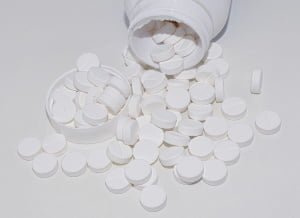
Even if you have a purification method set up, I recommend having a chemical method as a backup if your primary purification system goes down.
6. Make a stovetop still
If you want super pure sediment-free water, then a stovetop still will do the trick.
You will need a kettle for boiling, a long tube, and a container for the final water. Copper coiling is the ideal tube of choice.
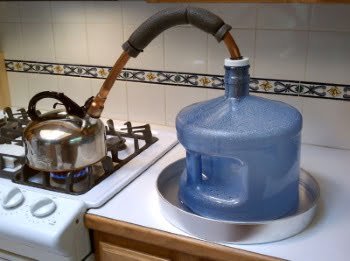
Attach the copper tubing to the spout of the kettle and place the catching container so the water drips in. The boiling water will create steam and the copper tubing will condense the steam back into water; the catching container collects the drops of water emptying from the coil.
7. Boil water
Boiling water is a go-to method for purification.

8. Shungite for water purification
Ever heard of Shungite? If not, then its time you did.
Shungite is a rare and extraordinary mineral that can be found in only one part of the entire world: Karelia, Russia.
It is believed that Shungite originates from a meteor that crashed into the earth since it is only found in this one area and is in high concentration.
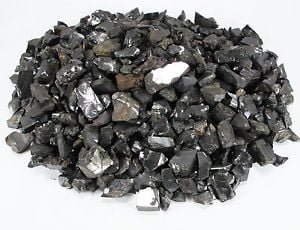
Shungite comes in many purities but Elite Shungite is 98% pure fullerene carbon. What is fullerene? It is a unique carbon structure that consists of a hollow cage of atoms that happens in extreme rarity in nature. Since the fullerenes are hollow, Shungite can absorb all toxins and impurities in water.
Shungite also removes free radicals in water 30 times more effective than activated carbon!
I am so fascinated with this stone that I wrote an entire article about Shungite; I provide scientific evidence supporting the claims of what Shungite can do from water purification to EMF protection and healing. Check it out!
You can also read more scientific evidence in the International Journal of Advanced Scientific and Technical Research scholarly article.
I sure hope you found my article on off-grid water filtration and purification helpful.
It takes me a lot of work and research to compile this information; it would be my privilege if you share this article with your friends and family that could use this knowledge.
If you have any questions or comments about these topics, please leave me in the comment box below!


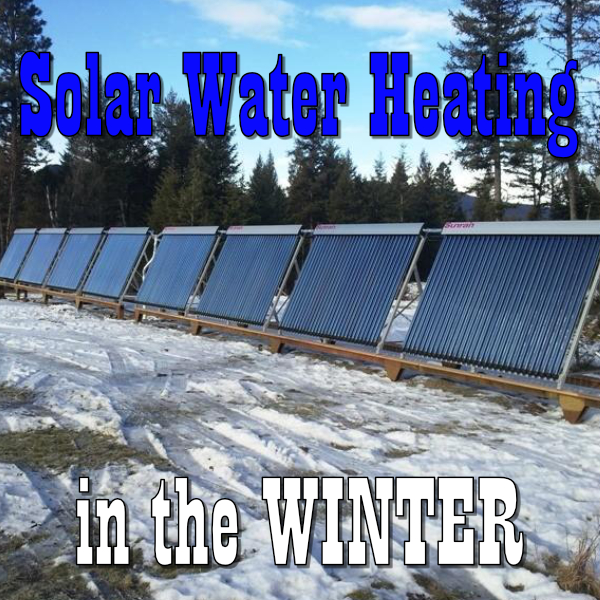
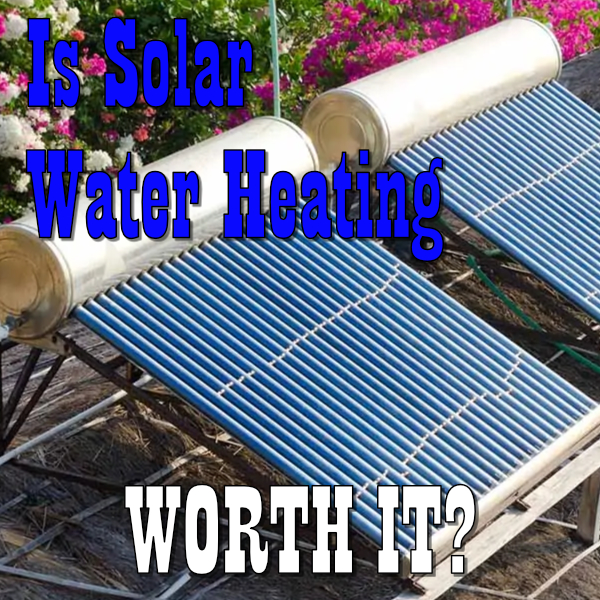
Good afternoon Regina
i am building a home in mexico and have solar power and would like to install a low voltage uv system do you have any suggestions. my email is jim westhead911@gmail.com thank you very much
Jim
I sent you an email
BOA NOITE REGINA!!
Tenho um lago em minha quinta com a área de 10.000 m2 e profundidade 3 e 4 metros de profundidade de onde rego minhas hortas e jardins e me alimento de algumas espécies de peixes que aqui habitam. Pretendo TAMBÉM tirar proveito deste bem da natureza para consumo próprio, mas tenho receio, porque para ele corre água das valetas da auto estrada A 25. Será que eles tomaram medidas para que essa mesma água chegue até meu lago em condições não alarmantes e preocupantes, para os meus peixes e para a minha saúde.
Agradeço muito sua dedicação e seu trabalho.. Manuel Simões
Hola, Manuel! Me está costando mucho traducir tu comentario. ¿Puedes usar Google Translate y publicar? ¡Gracias!